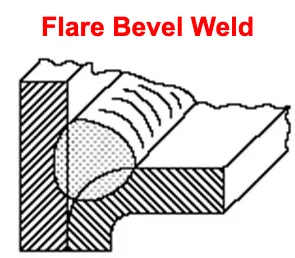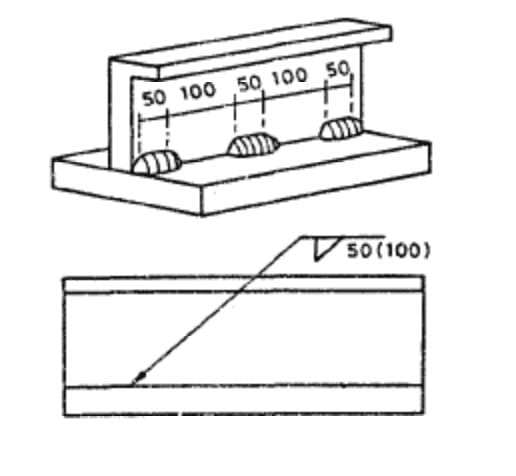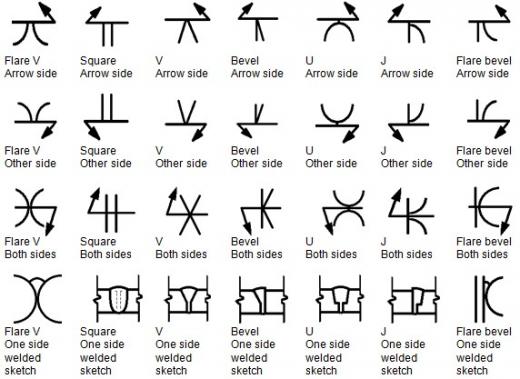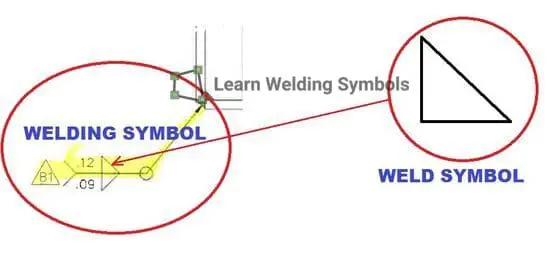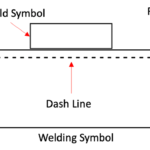The peripheral weld symbol is a crucial welding symbol used to indicate that a weld is to be applied around the entire periphery of a joint. This article explores the importance and usage of peripheral weld symbols in welding projects.
Peripheral weld meaning
A peripheral weld is a welding technique where a weld is applied around the entire periphery of a joint. This type of weld is commonly used in applications that require a strong and continuous weld to provide structural integrity and support. The peripheral weld symbol is used to indicate this type of weld in a welding drawing or blueprint.
What is a Peripheral Welding Symbol?
A Peripheral Welding Symbol, as the name suggests, is used to indicate welding around the entire periphery or boundary of a joint. This type of joint could be found in circular objects or structures where a continuous weld is required around the entire circumference.
The peripheral weld symbol is represented by a circle that is placed at the intersection of the arrow and reference line in a welding drawing or blueprint as shown in below symbol. This symbol indicates that a weld is to be applied around the entire periphery of a joint.
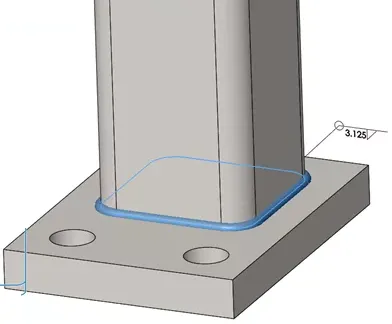
Peripheral Welding Symbol term is specified in ISO 2553 standard and is same as All around welding symbol as per AWS A2.4 standard. “Peripheral weld” and “all around weld” are two terms used interchangeably to refer to a welding symbol that indicates a weld to be applied around the entire periphery of a joint.
Components of a Peripheral Welding Symbol
A complete welding symbol comprises several parts:
- Reference Line: The horizontal line, often called the ‘anchor’, is the foundation of the welding symbol. It separates the arrow from the other elements of the symbol.
- Arrow: This points towards the location where the weld needs to be made.
- Tail: This optional component includes additional information like the welding process, specification, or other references.
- Basic Weld Symbols: These are specific shapes used to denote the type of weld.
For a Peripheral Welding Symbol, the basic weld symbol is a circle that is placed on the reference line, centered on the intersection where the arrow joins the reference line.
How to Interpret a Peripheral Welding Symbol
To read and interpret a peripheral welding symbol:
- Identify the arrow pointing to the joint where the weld is needed.
- Look for the circle on the reference line indicating a complete or peripheral weld.
- Check if there are any specifications or additional details in the tail.
Related Google Search Topics
In your quest to understand Peripheral Welding Symbols, you might come across the following closely related topics:
- Welding Symbol Chart: A welding symbol chart is a reference guide that provides a visual glossary of all welding symbols as standardized by the American Welding Society (AWS).
- AWS Welding Symbols: The American Welding Society (AWS) has defined a comprehensive list of welding symbols, including the peripheral welding symbol, used across the industry.
- Types of Welds: Understanding the different types of welds, such as fillet, groove, plug, slot, seam, and spot welds, will provide context and help you understand when and where a peripheral weld might be used.
- Welding Techniques: The peripheral welding symbol might also lead you to explore various welding techniques, such as MIG (Metal Inert Gas), TIG (Tungsten Inert Gas), and stick welding, among others.
- Welding Certification Programs: If you’re interested in pursuing welding as a career or skill, look into welding certification programs. These programs often provide in-depth explanations and practical applications of welding symbols, including the peripheral welding symbol.
In conclusion, understanding the Peripheral Welding Symbol is crucial for anyone involved in the welding process. It ensures accurate communication and execution of the design, contributing to the overall safety and integrity of the welded structure. Being proficient in interpreting welding symbols is a skill that can set you apart in the welding field, whether you’re a novice or an experienced professional.
Remember, every good welder starts with the basics, and understanding welding symbols is a significant first step in mastering welding.




